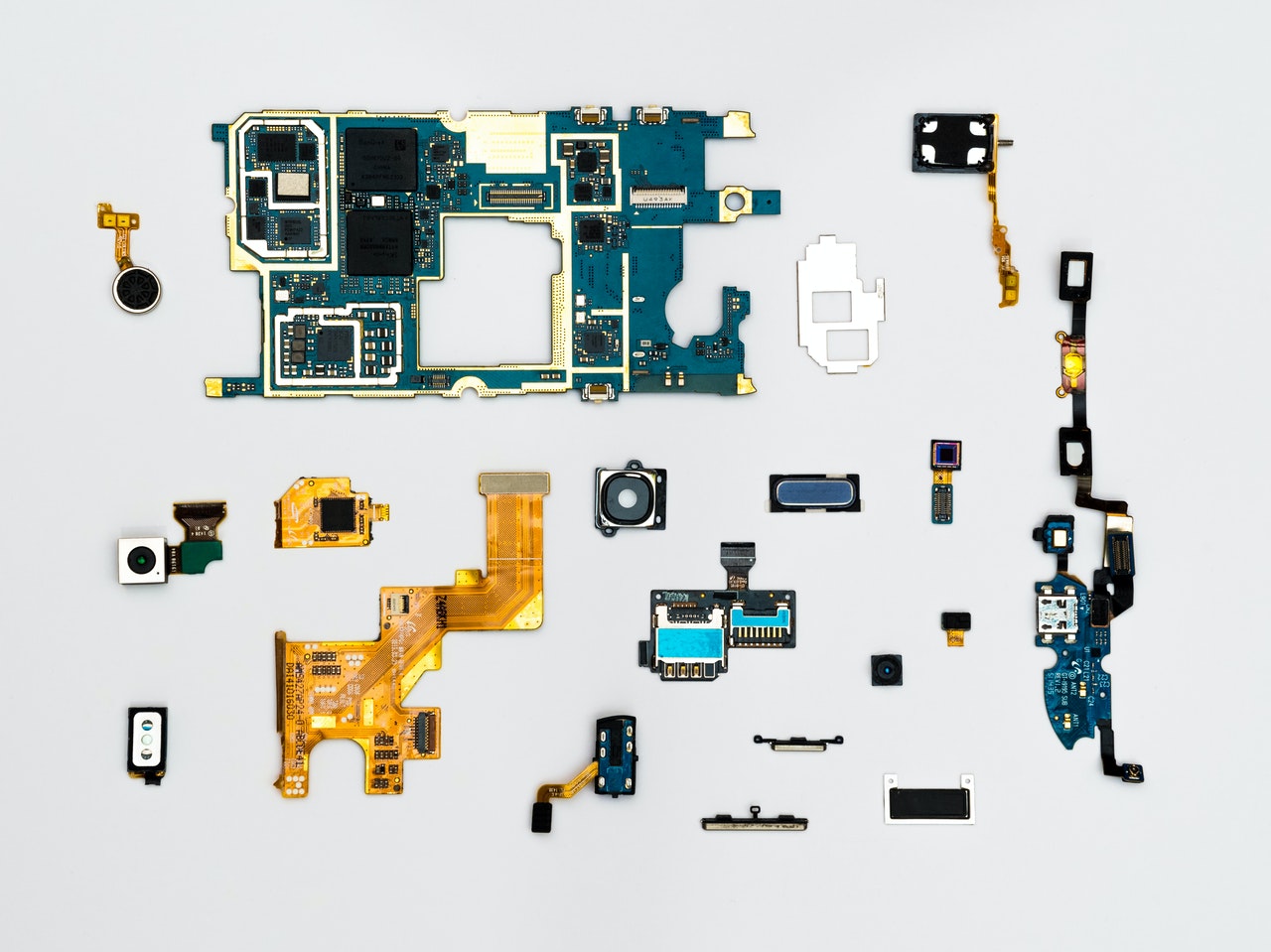In an attempt to help warehouse workers move heavy goods, mobile robots were invented. However, they became something much more – being able to think, learn, and perform various complex activities. As a result of the productivity they’re increasingly offering, the industry as a whole has taken off.
So, with that in mind, let’s take a look at some of the most fascinating robotics industry statistics in 2021.
20% of robotics are used for welding
Whilst 46.3% of robotic units are used for handling, which is the picking up and carrying of goods, 20% are used for welding – a surprising statistic given that this isn’t what they’re known for.
Robotic welding applications have a lot of time-saving benefits and are highly productive. The automotive industry commonly uses spot and laser welding, such as short repeatable welds on served surfaces.
12 million robotic units in 2020
According to IMARC Group, over 12 million robotic units were already operating around the world in 2020. Demand for automation has been increasing from a variety of different sectors, and applications, such as assembling, processing, and dispensing. This included units such as home maintenance and self-cooking, along with security and surveillance, proving it’s not all commercial manufacturing use cases.
Robotics have created 150,000 new skilled jobs
It is estimated that 150,000 skilful workers are employed as a direct result of the robotics industry. Maintaining mobile robotics, for example, required a mix of engineering and programming abilities. Considering that some mobile robots are being invested in to replace unskilled labour workers who perform repetitive tasks, this means the skill level in many industries such as manufacturing is rising.
12% increase in shipments between 2020 and 2022
According to the IFR (International Federation of Robotics), robot sales show that the 2020-2022 increase in robotic unit sales will increase by 12%, despite the pandemic’s obstacles. From 465,000 to 584,000, this rise in robotic sales in the face of interrupting global supply chains from the pandemic is a testament to the increasing dependency firms are placing on automation. The forecasted increase in shipments also derives from the recent and continuous advancements in technology, which is replacing older units.
There are 1,287 robots for every 10,000 employees in the US automotive industry
In the US, the IFR have counted 1,287 installed units exist for every 10,000 employees within the US automotive industry. This puts the US 7th in regards to robotic density within automation, with China being 12th in the world in terms of density, and Germany and Japan being similar to the US (1,311 units and 1,248 units respectively).
These numbers are far higher than general industries, in which only 139 robotics exist for every 10,000 employees. This shows that the precious and repetitiveness of automobile manufacturing is driving much of the demand behind robotic installations.
China is the global leader
China being the global leader in manufacturing is nothing new, but this time, China leads the world in global consumption. 310,000 industrial robotic units were installed in China during 2021, which was the most of any country. This isn’t a total shock, but Japan and South Korea are second and third being so far behind that 310,000 units is. For context, Japan installed 61,000 units whilst the US and Korea installed 46,000.
$30 Billion Military robot industry
It’s estimated that in only a few years’ time, the military robot size will be worth $30.8 billion. The Compound Annual Growth Rate is estimated to be as high as 12.92%, and by the end of 2025, global spending on military robots will reach $16.5 billion. There is some debate over the direction countries’ should go over concerns with automated weaponry, though, the cat is out of the bag already in some sense. It’s unlikely that global coordination will effectively reduce the growth of the robotic military, which does pose an existential threat.
Over 200 companies are producing health care robots
Over 200 companies around the world are producing robots that are specifically designed for the health care industry. This use case blew up during the Coronavirus pandemic, in which it became difficult to treat individuals with an infectious disease on a large scale. Robots are likely going to be used in surgery, hospital logistics, and providing more attention to patients. An example of those robotics manufacturers is Robotnik, it create, manufactures and markets custom autonomous and collaborative mobile robots and robots manipulators for all types of industries and health care robots have not been forgotten. Its more, they became more used to avoid contact with patients.
Final Word
It appears that there is a common theme throughout all of the above statistics: the mobile robotics industry is destined for continuous growth in the near future. Innovation over robotics is what is driving an increase in productivity, cost-cutting, and efficiency – particularly in a world with ongoing social distancing measures in the workplace. With the rise of remote work, it’s also conceivable that robotics will be maintained from home, in the same way, that they can be controlled from the other side of the world. You can head to the Robotnik’s website for more frequently asked questions about robots. The company created a special FAQs page with all the main common questions you could have about robots.



 Bitcoin
Bitcoin  Ethereum
Ethereum  XRP
XRP  Tether
Tether  Solana
Solana  USDC
USDC  TRON
TRON  Lido Staked Ether
Lido Staked Ether  Cardano
Cardano  Avalanche
Avalanche  Toncoin
Toncoin